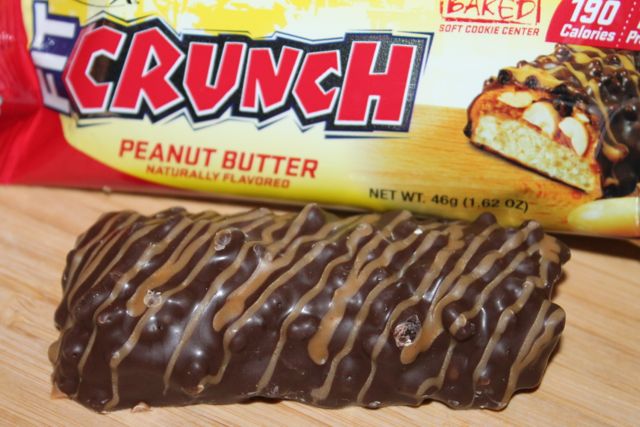HFCS starts out as cornstarch. Companies use enzymes or acids to break down most of the starch into its glucose subunits. Then other enzymes convert different proportions of the glucose to fructose. The resulting syrups contain as much as 90 percent fructose, but most HFCS is 42 percent or 55 percent fructose. In 2011, about 48 pounds of corn sweeteners, mostly HFCS, and 70 pounds cane and beet sugar were produced per capita in the United States.
Modest amounts of fructose from HFCS or other sources are safe and do not boost blood glucose levels, making the sweetener attractive to diabetics. However, large amounts promote tooth decay, as well as increase triglyceride (fat) levels in blood, thereby increasing the risk of heart disease. Also, recent studies show that consuming 25 percent of calories from fructose or HFCS leads to more visceral (deep belly) fat or liver fat. Those changes may increase the risk of diabetes or heart disease. Finally, large amounts of fructose consumed on a regular basis also may affect levels of such hormones as insulin, leptin, and ghrelin that regulate appetite, thereby contributing to weight gain and obesity. The HFCS 55 that is used in most soft drinks contains about 10 percent more fructose than sucrose. That makes most soft drinks a bit more harmful than if they were made with sugar.
The Dietary Guidelines for Americans (America's basic nutrition policy), American Heart Association, and other health authorities recommend that people consume no more than about 3 to 8 percent of calories in the form of refined sugars. That's far less than the current average of 15 percent of calories. The bottom line: the fewer added sugars—fructose, sucrose, or HFCS—one consumes the better (though, again, small amounts are safe).

